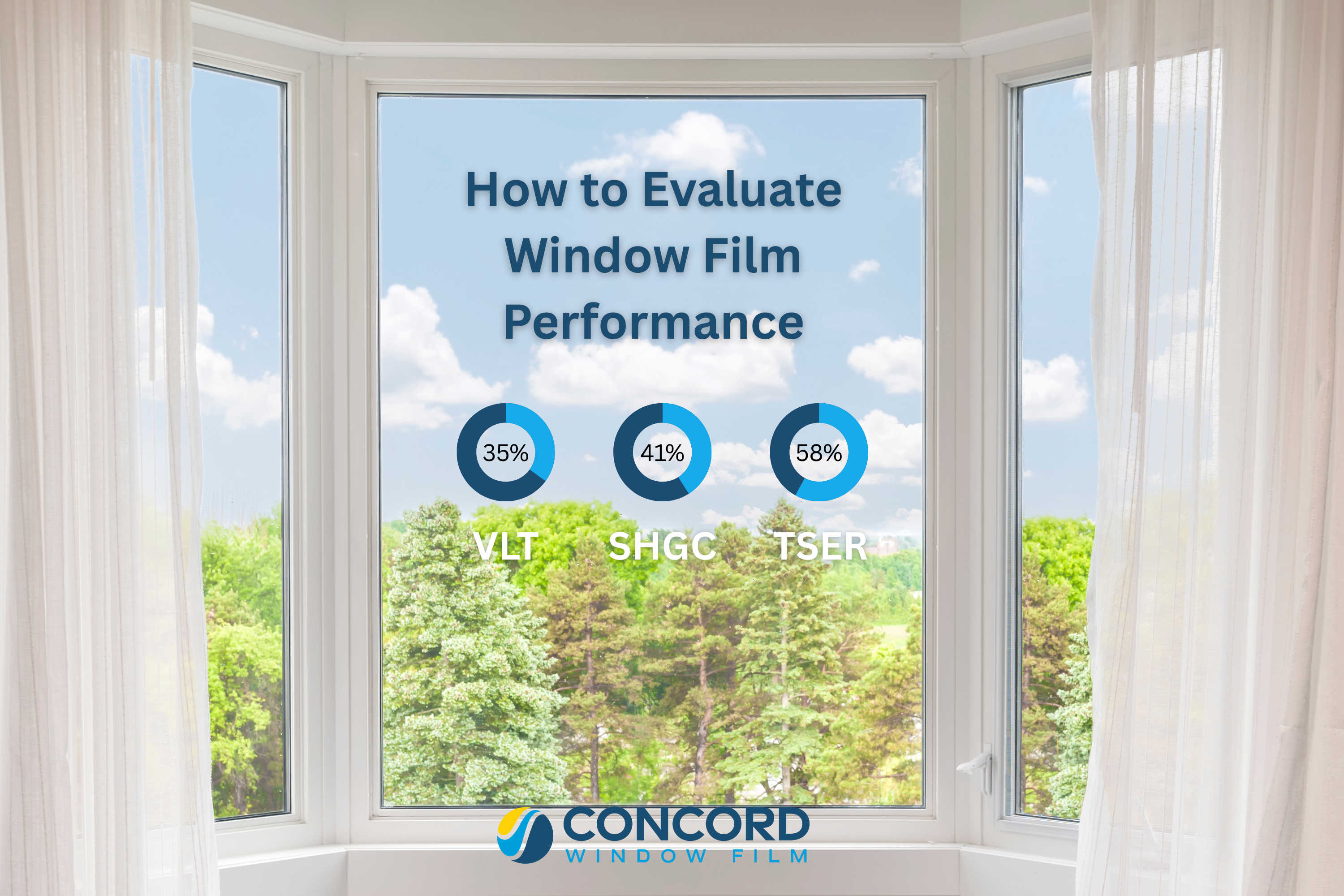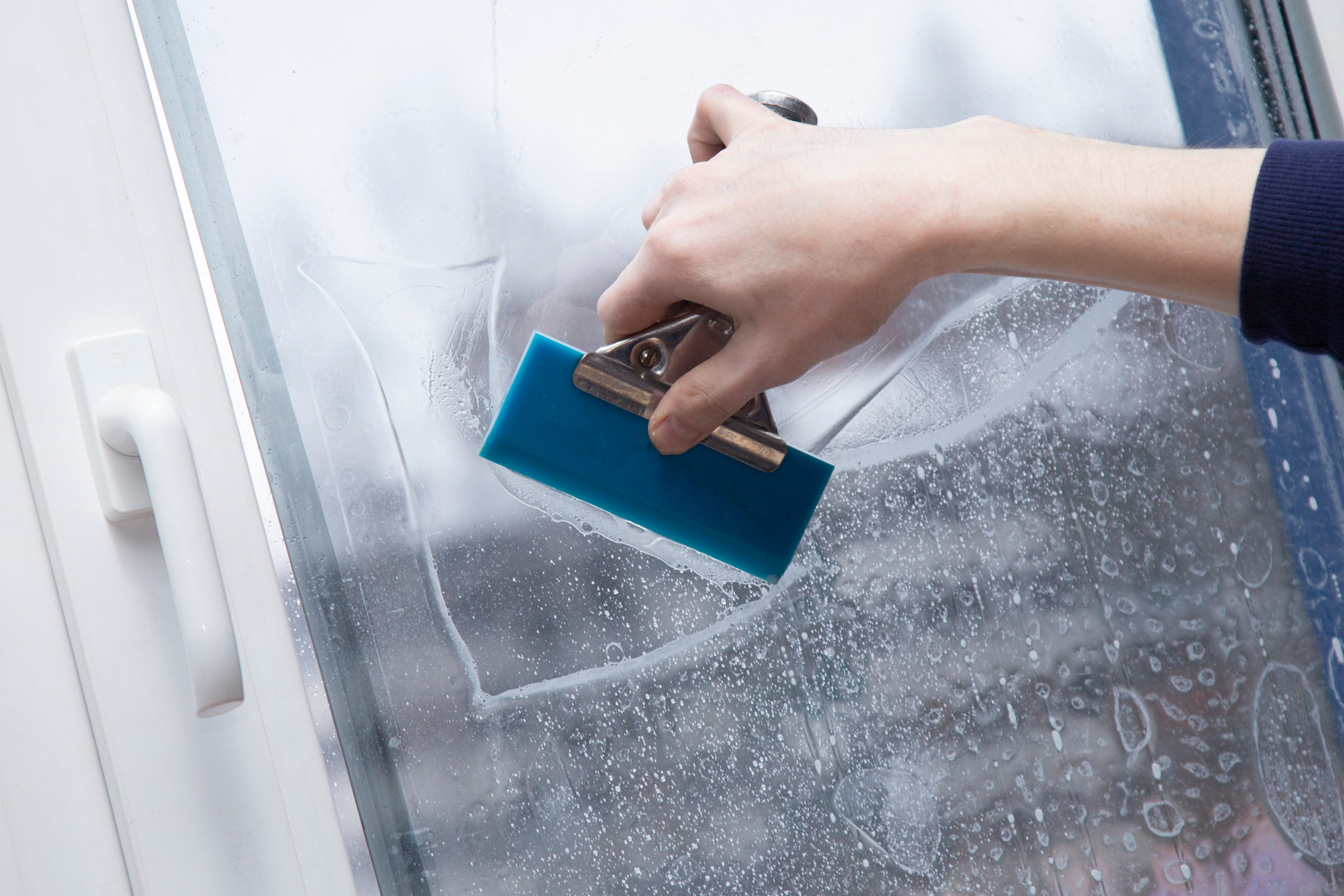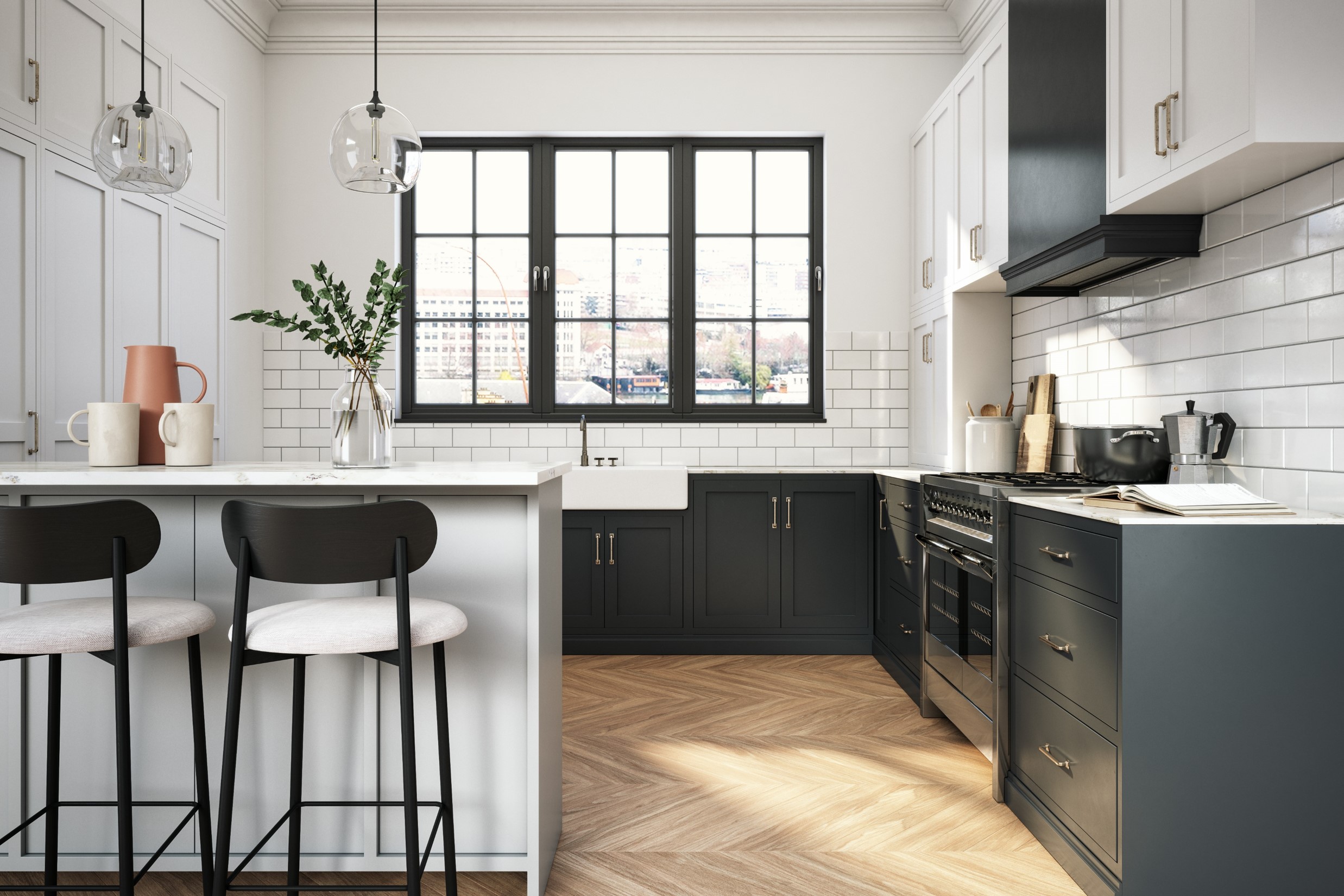
FREE SHIPPING ON PRECUT KIT ORDERS OF $100 OR MORE

Window film is a great upgrade for your existing windows that can help with issues like: cooling down a room that is too hot (solar control), reducing glare, protecting from harmful UV rays, preventing fading of furniture or wood floors, saving on energy bills, becoming more sustainable, and adding daytime privacy to your home. With so many benefits, it seems like installing window film is a no brainer – but how much does window film cost in 2025? Let’s dive right in and take a look:
Window film is typically priced per square foot and there are two main variables to consider:
There is no one universal type of film – there are different technologies used to generate the solar energy control properties of the film, there are different film thicknesses, and there are differing film adhesion types. In general, we can categorize window film into three basic groups: economy, intermediate, and premium:
An economy film is one that is using the most basic technology. Typically, this means the film just uses dyes to darken the film to shade a window. This is the first generation technology of window film that was developed commercially in the 1960s.
Dyed films are economical, but they can fade or turn purple over time and dyes alone aren’t as effective in controlling solar heat transmission. These films will typically be thin: 1 mil or 1 ply and the film will either be a static cling film (not permanent) or a pressure-sensitive adhesive which means when you peel the liner off the film is sticky to the touch.
An intermediate film is a film that uses a combination of dyes and metal to reflect the sun (sometimes called a “silver” film). It’s the second generation of window film that was developed to improve solar control.
These films are also less some of the less expensive films on the market and are typically what is sold to the consumer in big box stores or on Amazon. The big box brands are typically thin (1 mil) and have a pressure sensitive adhesive.
The cons to these films is that the metals can interfere with GPS and radio frequencies and they can be difficult to work with. Because they are thin, they crease easily when handling. Once the film has creased, it is essentially useless. It is also sticky to handle so the film can stick to itself or other things during installation, again rendering the film unusable.
Premium films are films that use the latest cutting-edge technologies for solar control. The most common premium film used in residential and commercial applications in 2025 is still ceramic film.
Ceramic film was developed in response to the interference problem that metallic films caused. Nano-ceramic particles are applied to the film using a high tech process called micro gravure coating to ensure even distribution and performance. Ceramic was chosen because of its heat resistant properties. In fact, the idea sprang from ceramic technology used in the space program.
These films are typically twice as thick – 2 mil or ply and they use a dry adhesive that only activates when wet – so it is much easier to handle.
| Category | Economy | Intermediate | Premium |
|---|---|---|---|
| Technology | Basic (dyes only) | Dyes + Metal (“silver” film) | Nano-particles (e.g., ceramic film) |
| Generation | 1st (developed in 1960s) | 2nd (improved solar control) | Latest (e.g., nano-ceramic) |
| Thickness | Thin: 1 mil or 1 ply | Thin: 1 mil | Thicker: 2 mil or 2 ply |
| Adhesive | Static cling (not permanent) or Pressure-sensitive (sticky) | Pressure-sensitive (sticky) | Dry adhesive (activates when wet) |
| Pros | Economical | Less expensive, decent solar control | Advanced solar control, easy to handle, stable neutral color |
| Cons | Fades or turns purple, less effective heat control | Shiny metallic look, consumer brands are harder to install | Higher cost |
The second consideration is the price for the film itself versus the price of the film installed. You can purchase film to install yourself to save on professional labor. Or you can purchase the film through a professional installer who will install it for you.
Traditionally the window film industry has distributed professional grade window films through installer networks only. So a company like 3M will only sell it’s Prestige window film through it’s network of installers. Homeowners cannot purchase the film directly. This is true for the majority of high quality, NFRC rated films.
Before Concord Window Film, the type of films that homeowners can purchase to install yourself online or through the big box stores have not been the premium films. The films that are made for direct to consumer channels are typically (1) dyed, static cling films, or (2) metallic films with a pressure sensitive adhesive.

Let’s put what we just learned together and talk about pricing.
According to HomeAdvisor, the average price range for window film in the United States is (with prices dependent on the type of window film technology you purchase):
|
|
Low Range |
High Range |
| Price Per Square Foot of Film |
$2/square foot |
$14/square foot |
| Price Per Square Foot of Film Installed |
$7/square foot |
$24/square foot |
$2/square foot for film would be a basic economy or decorative film with ceramic films costing $5-$10/square foot for film alone.
Bob Vila’s home improvement site gives similar figures saying the film cost is $2 – $100 square foot and installation costs an additional $5 – $10 per square foot.
Climatepro.com a professional window tinter in California gives the following cost estimates for window film installed:
Economy: $8-$10/square foot
Intermediate: $11-$14/square foot
Premium: $15+/square foot
We typically see costs of $8-$18/square foot for premium window film installations depending on the state you live in with the average being around $10-$12 / square foot.
There are other aspects of the installation job that may add cost for an installer or where they may deviate from straight square foot pricing:

Window film has terrific benefits for the comfort of your home: solar control, privacy, UV protection, fade control, glare reduction, and energy efficiency. They are a great upgrade to your existing windows at a fraction of the cost of replacing them (the average cost to replace a window in the U.S. according to This Old House is $450 – $960 per window – with an average of $554).
All things considered, installing window film yourself is the most economical way to go as you save on installation costs.
Our window film kits start at $49 for a standard 3’X5’ single or double-hung window and $59 for a standard casement window. Each kit comes with two pieces of pre-cut film and all the information you need to easily and successfully install the film on your windows.
We have three ways to purchase our window film. In addition to the pre-cut kits described above, if your windows don’t fall into a standard size we have: window film rolls and custom cut window film kits.
Plus, our film is a premium, professional-grade that you can’t find online or at the box stores. All our ComforTech Ceramic Series film is 2 mil (2 ply), dual-reflective, nano ceramic film with a dry adhesive. It’s easy to handle and super easy to apply.
We provide installation instructions and step-by-step videos on our website and YouTube channel that make you the pro.
And you can purchase an Installation Tool Kit to get everything the pros use for installation.
Shop ComforTech Ceramic Series professional-grade window film today!